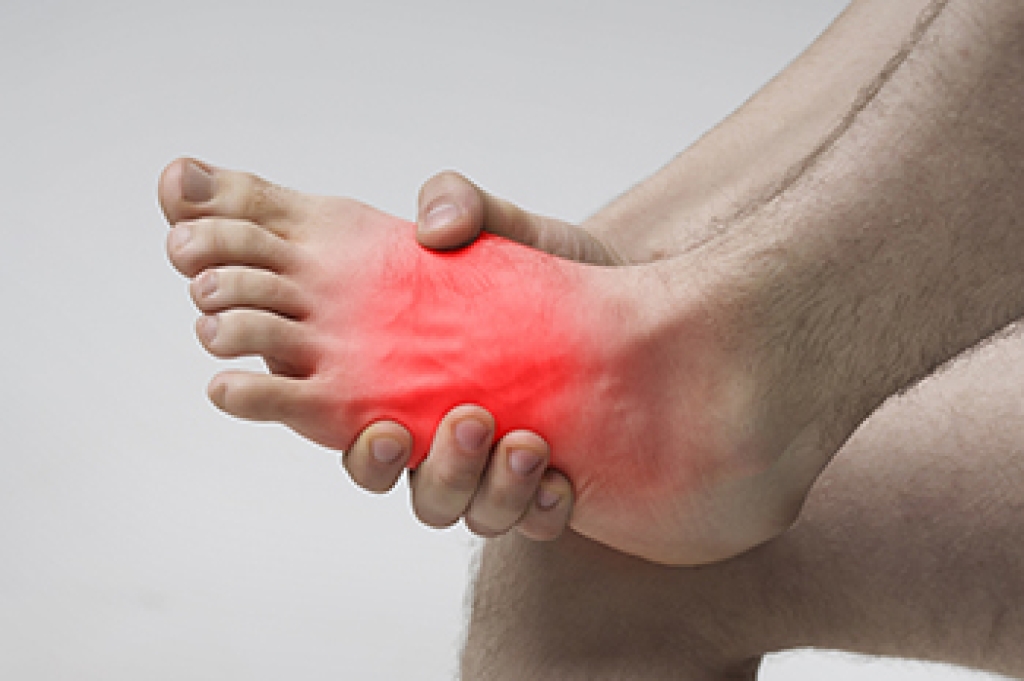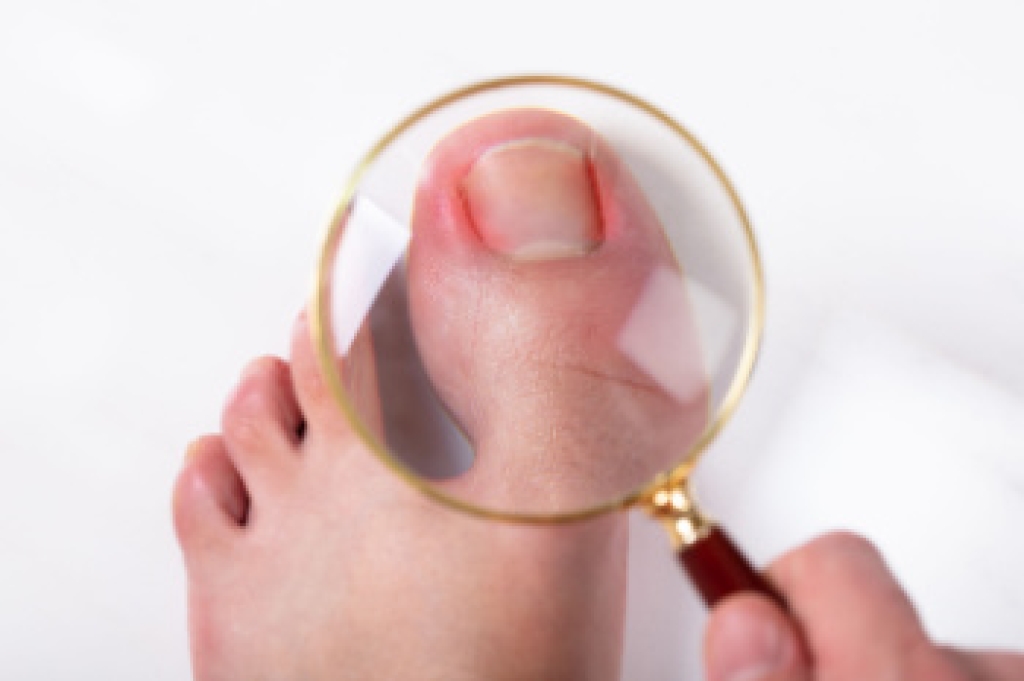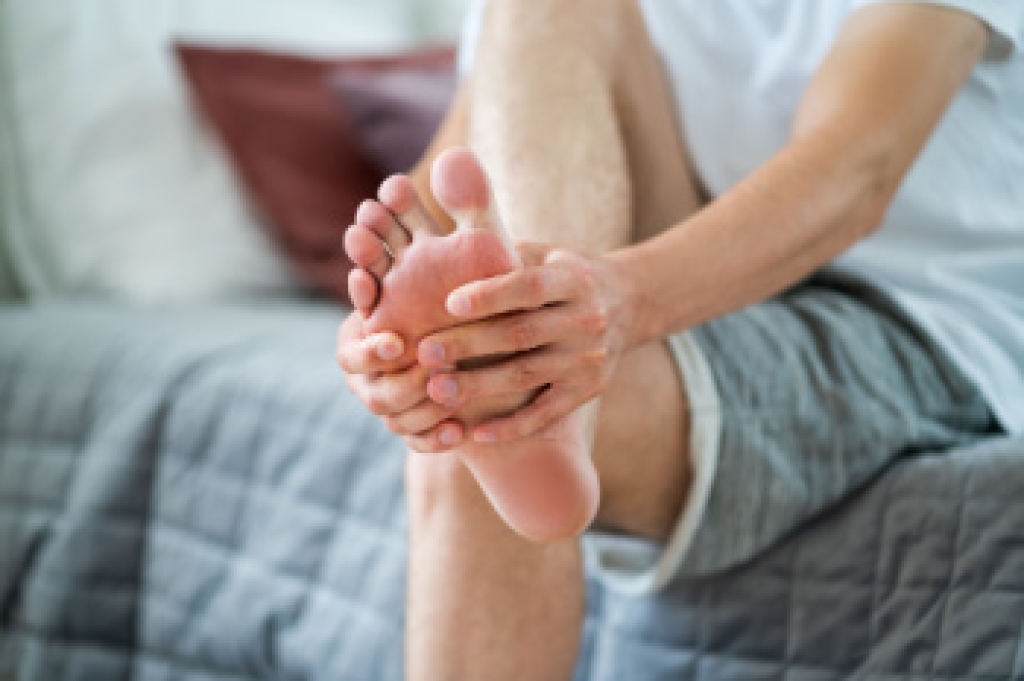
Foot pain can develop from many sources within the feet, toes, and ankles, and understanding these causes can help people seek care before symptoms worsen. Strain on the heel or arch is often linked to plantar fasciitis, which involves irritation of the band of tissue along the underside of the foot. Pressure under the big toe joint can lead to sesamoiditis, which is inflammation and pain of the small sesamoid bones beneath the big toe joint, while friction from shoes with inadequate support can contribute to corns and calluses. Foot structure also plays a role, as flat feet or very high arches can change the way weight is distributed and lead to prolonged soreness. Problems like bunions, ingrown toenails, and warts can also lead to discomfort. A podiatrist can evaluate foot mechanics, provide in-office care, and recommend the best path toward relief, including surgery if necessary. If you are experiencing any of the above symptoms, it is suggested that you make an appointment with a podiatrist for a diagnosis and the appropriate treatment.
Foot Pain
Foot pain can be extremely painful and debilitating. If you have a foot pain, consult with one of our podiatrists from Florida Ankle & Foot Institute. Our doctors will assess your condition and provide you with quality foot and ankle treatment.
Causes
Foot pain is a very broad condition that could be caused by one or more ailments. The most common include:
- Bunions
- Hammertoes
- Plantar Fasciitis
- Bone Spurs
- Corns
- Tarsal Tunnel Syndrome
- Ingrown Toenails
- Arthritis (such as Gout, Rheumatoid, and Osteoarthritis)
- Flat Feet
- Injury (from stress fractures, broken toe, foot, ankle, Achilles tendon ruptures, and sprains)
- And more
Diagnosis
To figure out the cause of foot pain, podiatrists utilize several different methods. This can range from simple visual inspections and sensation tests to X-rays and MRI scans. Prior medical history, family medical history, and any recent physical traumatic events will all be taken into consideration for a proper diagnosis.
Treatment
Treatment depends upon the cause of the foot pain. Whether it is resting, staying off the foot, or having surgery; podiatrists have a number of treatment options available for foot pain.
If you have any questions, please feel free to contact our offices located in Tavernier, Marathon, and Key West, FL . We offer the newest diagnostic and treatment technologies for all your foot care needs.







